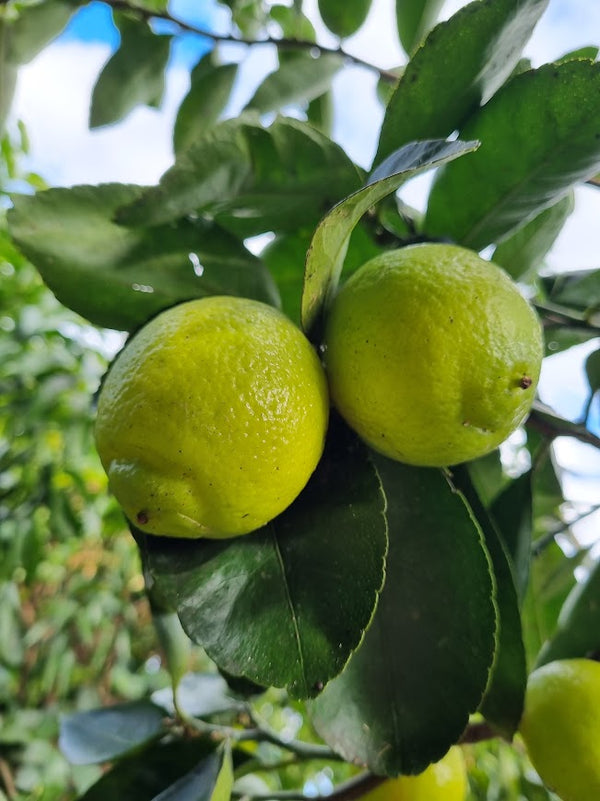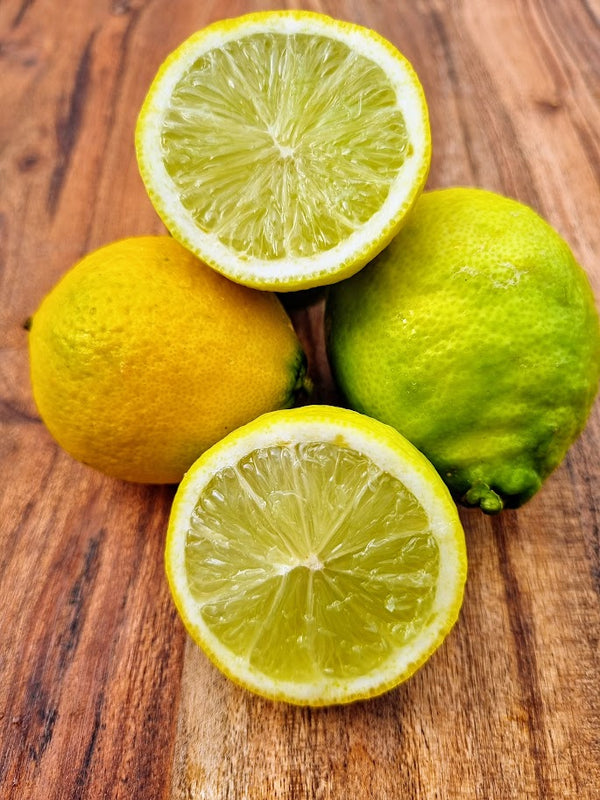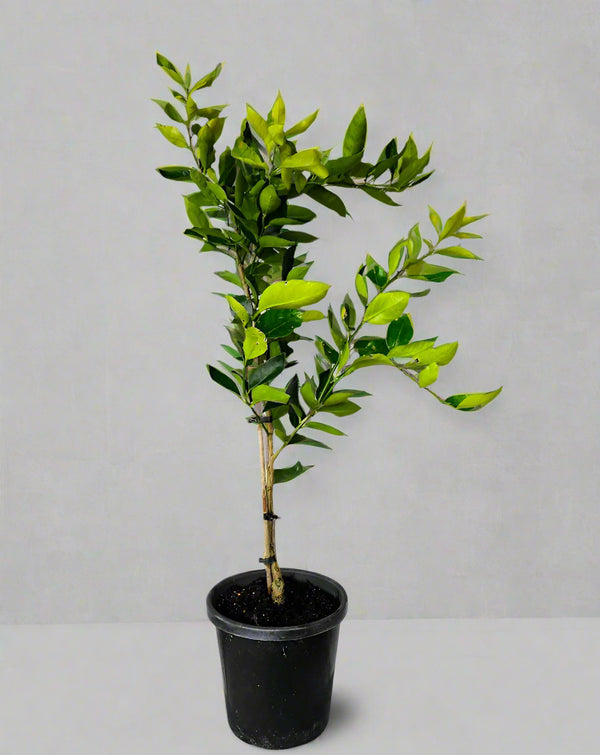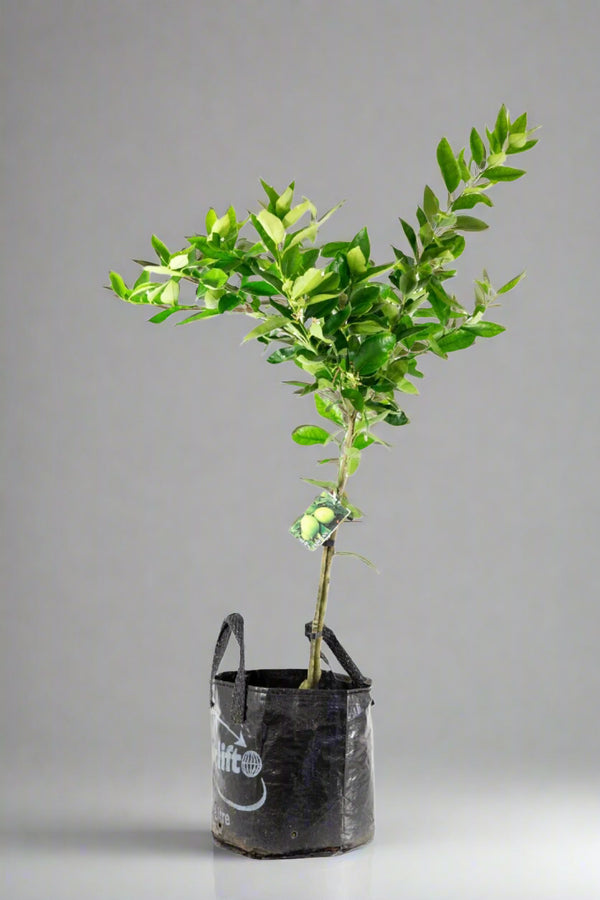
Tahitian Lime Tree
Tax included
Shipping calculated at checkout
Please note: OurEstablished Range, Medium Standard Range (14L pot), andTall Standard Range trees are available for pickup only, as their size exceeds standard courier limits.
The Tahitian Lime tree is widely known as the Persian Lime. Tahitian lime it is a beautiful quick growing tree with deep green foliage. The flavourful limes are juicy, thin skinned and seedless. Upon ripening Tahitian limes turn from green to pale yellow/green. Tahitian limes thrive in warm regions. They are relatively easy to care for and are well-suited to both container and garden culture.
The Tahitian lime tree, is a hybrid of the key lime (Citrus x aurantifolia) and the lemon (Citrus limon) and is thought to have originated in Persia. Tahitian limes are widely cultivated in warmer regions of the world and are a major source of limes for both commercial and home use.
|
Names |
Citrus latifolia (Rutaceae) |
|
Origin |
Persia |
|
Mature Size |
3 - 4 metres. The Tahitian lime is a moderately vigorous, thornless, tree. |
|
Foliage |
The leaves of the Tahitian lime tree are small, glossy, and a deep green colour. The flowers of the Tahitian lime tree are fragrant, white, and are produced in clusters. |
|
Soil |
Limes, like other citrus trees need full sun and good soil drainage. In heavy soils that are slow to drain, trees should be planted on slight mounds with a good compost mixture and freely draining soil. |
|
Position |
Lime trees cannot tolerate cold temperatures. |
|
Flavour |
The flesh of the Tahitian lime is juicy and acidic, with a slightly sweet flavour. |
|
Fruiting |
April - July. Tahitian limes are fully ripe when the peel becomes a lighter green and a smooth surface. Unripe fruit are dark green with a course peel. Overripe fruit are yellow and lose flavour. |
|
Fruit Uses |
Tahitian limes are a versatile fruit that can be used in a variety of dishes. They are a popular ingredient in Mexican and Southeast Asian cuisine. The limes can be eaten fresh, juiced, or used in cooking. They be used in/with drinks, curries, cakes, desserts, fish, chicken, preserves, pickles, and vegetables. |







